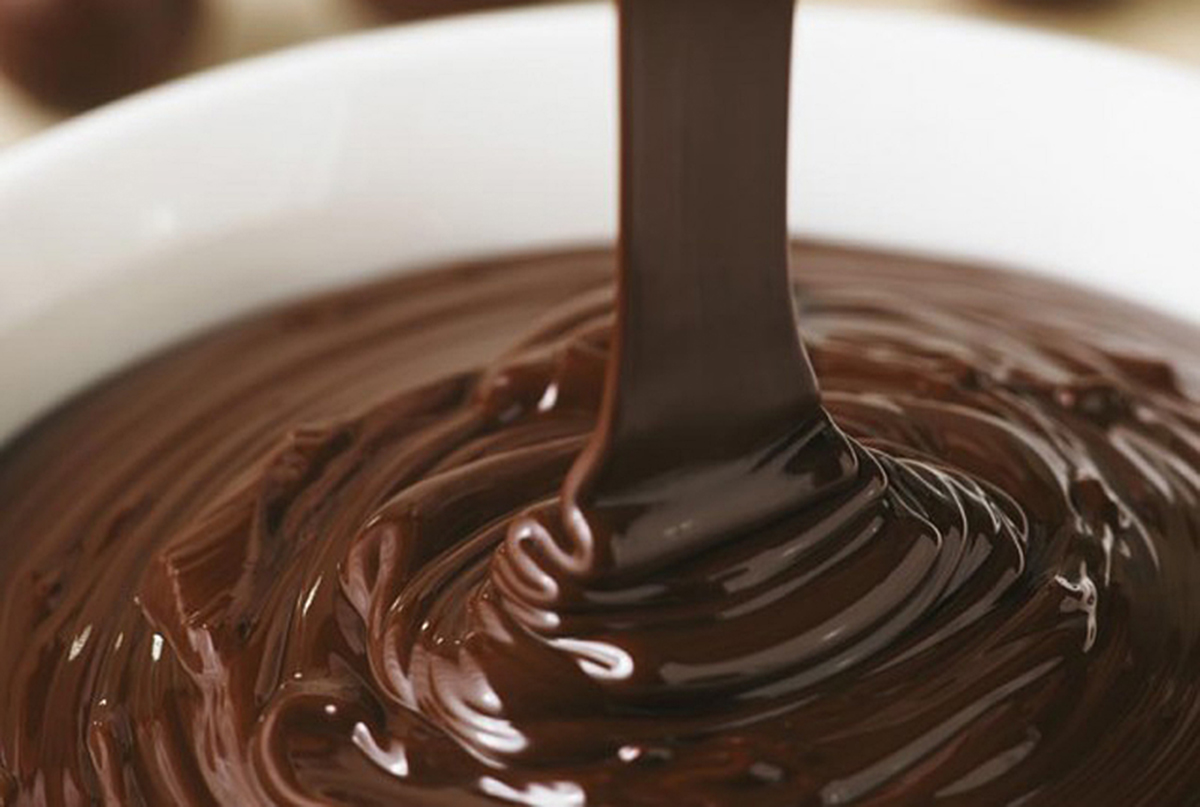Table of Contents
Having ascertained that the chief natural ingredient in chocolate (cocao) is what provides health benefits, it is fascinating to see just how much research has been done to prove these benefits. Here are just a handful of examples.

A Short History Of Chocolate
A research paper on Cocoa and Cardiovascular Health prepared by doctors at the Cardiovascular Center at the Cardiology University Hospital in Zurich, Switzerland in 2009 summarized all available data relating to the cardiovascular effects of cocoa.
The research led by Dr. Roberto Corti, published online by the American Heart Association, considered not only the cardiovascular effects of cocoa and potential clinical implications of consuming cocoa, but also the history of cocoa-rich chocolate and its beneficial health effects.
In the 16th century the Aztecs drank cocoa in a liquid form and found it was able to both fight fatigue and build resistance. Hernán Cortés, the Spanish conquistador famous for causing the fall of the Aztec Empire, said in 1519, “A cup of this precious drink permits a man to walk for a whole day without food.”
Savored by the wealthy royalty in Spain for nearly a century, when the daughter of King Philip III of Spain married the French King Louis XIII in 1615, she took chocolate with her. But it wasn’t until a Dutch chemist Coenraad Johannes van Houten invented the cocoa press in 1828 that chocolate became accessible to ordinary folk. His invention was used to squeeze the fat out of roasted cacao beans, and the dry residue was then pulverized into fine cocoa powder. Early chocolate manufacturers then experimented with these ingredients, adding sugar to sweeten the taste. (It wasn’t until much later that milk was also added.)
While John Cadbury is credited with opening the first shop selling cocoa and drinking chocolate in 1824, it was another British company, Fry & Sons (which eventually merged with Cadbury in 1914) that made the first chocolate bar. Made with cocoa butter, cocoa powder and some sugar, it was described as bitter, and it took nearly half a century for the first smooth, creamy milk chocolate bar to emerge.
In 1875 Swiss chocolate manufacturer Daniel Peter used condensed milk for his revolutionary chocolate bar, instead of the powdered milk that Cadbury was using for their already established milk chocolate drink. Just four years later another Swiss chocolate maker, Rodolphe Lindt invented a conching machine that removed moisture, acidity and unwanted odor from the chocolate. It was kneaded and churned in the machine, making the chocolate smooth and silky.
Health Benefits Of Good Chocolate
Dr Corti et al state that the first evidence of cocoa reducing risks of coronary heart disease, stroke and cardiovascular disease was found amongst the Kuna Indians who live on islands off the coast of Panama. They consume huge amounts of cocoa every day, sometimes with the addition of salt, and clinical studies show that they have lower blood pressure and no decline in kidney function that is related to age.
This particular research review also cites long-term US and Dutch studies that show cocoa intake significantly reduces the risks of cardiovascular mortality (by 50 percent in the Dutch study.) Linking these benefits, at least in part, to flavanol content of cocoa, they noted – controversially – that these benefits were markedly reduced when cocoa was drunk with milk or if it was consumed in the form of milk chocolate.
Additionally, this report states that both flavanols and dietary antioxidants in cocoa might decrease resistance to insulin. There has not been much research to support this supposition, though there is some evidence from studies using obese diabetic mice that cocoa prevents hyperglycemia.
Ultimately they concluded that while cocoa could be recommended without hesitation, chocolate could not because of the sugar and fat that is so often added to it. This is particularly interesting since two of the report authors received grants from chocolate manufacturers MARS Inc and Nestle.
READ Is Dark Chocolate Really Better For You?
Another research review that considered chocolate in relation to the prevention of cardiovascular disease, was undertaken by a team from various universities, including Harvard School of Public Health. Headed by Eric L. Ding, a scientist in Harvard’s Department of Nutrition. Published in 2006, it made similar findings to those published by Dr. Corti three years later.
A study published in the American Society of Nutrition’s Journal of Nutrition in 2008 headed by Robin R Allen from the University of Illinois, found that as long as chocolate bars contained plant sterols and cocoa flavanols, and were low in fat, if eaten regularly could lower cholesterol and improve blood pressure.
A study published in the British Medical Journal in 2011 evaluated chocolate consumption with the risks of cardiometabolic disorders. Acknowledging that diet is a key lifestyle factor in the prevention and control of these disorders, they concluded that there is evidence that chocolate consumption substantially reduces the risks of cardiometabolic distorders.
Scientists from Harvard focused on neoruvascular coupling, cognitive function, and the response to cocoa in older people. In a report published in 2013, they reported that drinking hot cocoa twice a day could help people with Alzheimer’s.
The following year, in 2014, another research study looked at the association of eating chocolate and the risks of cardiovascular events in the future. Undertaken by researchers at the School of Medicine and Denstiry at the University of Aberdeen, they too found that more chocolate equals a lower risk of heart attack. They also concluded that there was no reason for those concerned about cardiovascular risk to avoid chocolate.
- www.cacaoweb.net/cacao-tree.html
- my.clevelandclinic.org/services/heart/prevention/nutrition/food-choices/benefits-of-chocolate
- www.health.harvard.edu/heart-health/chocolate-pros-and-cons-of-this-sweet-treat
- circ.ahajournals.org/content/119/10/1433.full
- www.cbsnews.com/news/two-cups-of-hot-cocoa-a-day-sharpen-seniors-brains-study-suggests/
- www.history.com/news/hungry-history/the-sweet-history-of-chocolate
- www.cadbury.co.uk/the-story
- heart.bmj.com/content/early/2015/05/20/heartjnl-2014-307050.abstract
- www.bmj.com/content/343/bmj.d4488
- www.neurology.org/content/early/2013/08/07/WNL.0b013e3182a351aa
- jn.nutrition.org/content/138/4/725.short
- www.biomedcentral.com/content/pdf/1743-7075-3-2.pdf
- Photograph of chocolate bath Willie Harcourt-Cooze courtesy of Channel 4
- Photograph of chocolate courtesy of Luisa Contreras, Wikipedia
- Important notification about information and brand names http://www.steadyhealth.com/polices/terms-of-use#copyright

